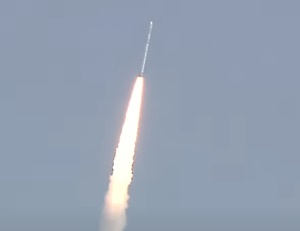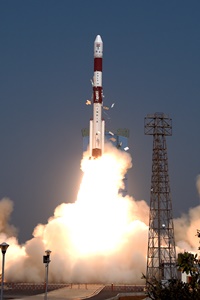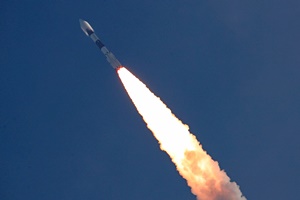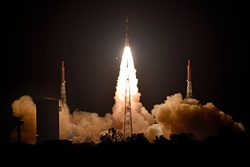
The regulator is proposing that direct-to-device (D2D) satellite services make use of spectrum already licenced by mobile operators for 4G and 5G
This week, UK telecoms regulator Ofcom has proposed new rules that would allow D2D satellite services to be provided using the same spectrum and terrestrial mobile networks.
The regulator says the rules would make the UK the ‘first country in Europe’ to adopt such an approach, giving the nation a lead in this emerging technology.
“For years, we’ve seen satellite calls in disaster movies on special handsets. We’re now on the cusp of people being able to make them on their everyday smartphones,” said Ofcom’s Spectrum Group Director David Willis. “Ofcom always strives to be at the forefront of technological change, and we’re the first country in Europe to press ahead with the next frontier in mobile connectivity. This would unlock investment, open doors to innovation and growth, and bring much-needed mobile coverage to rural areas.”
D2D satellite communication has been a growing topic of interest for a number of years now, with the technology potentially allowing mobile operators to ensure their customers remain connected wherever they go.
Currently, satellite communications typically require a satellite to connect to a terminal deployed by the end user, which then relays the signal to the end user’s device, or to a specialised satellite phone. D2D services do away with this middleman, allowing customers to connect directly to the satellite itself using an unmodified smartphone.
Elon Musk’s satellite behemoth Starlink is currently testing its D2D capabilities with T-Mobile in the USA, while other players like AST SpaceMobile are also advancing their capabilities. Just last week AST sought permission to launch the latest model of its BlueBird satellite, with the aim of launching commercial D2D services in 2026.
From a regulatory standpoint, however, these emergent services raise a question over spectrum usage. Current mobile spectrum licences for 4G and 5G do not provision for connection to satellites (at least in the UK) and doing so poses the risk of interference of existing mobile services.
Despite these technical challenges, allowing operators to make use of their existing spectrum licences is very attractive, potentially allowing them to roll out D2D services more quickly and efficiently. It could also potentially help them to reach their rural coverage obligations, in some instances.
Ofcom is suggesting three possible approaches to D2D satellite services: (i) a licence exemption; (ii) a variation to the MNO’s existing base station licence accompanied by a licence exemption; or (iii) a new licensing regime. The regulator says its preference is for option (ii) but is seeking comment from the wider industry.The consultation will continue until 20th May 2025, with commercial D2D services potentially becoming available later this year if the proposals are approved. Ofcom wants UK to be ‘first in Europe’ to use direct-to-device satellite services | Total Telecom













